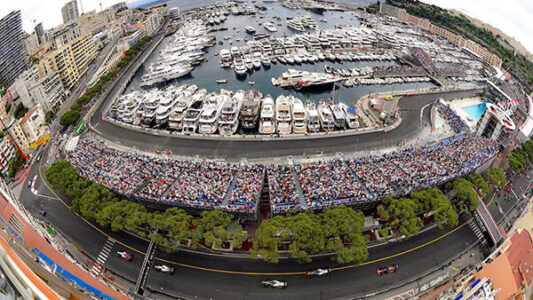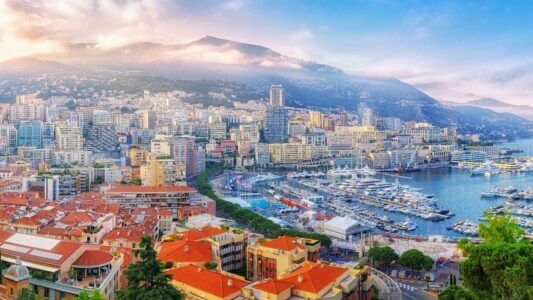Noam Yaron to make another 180 km Calvi to Monaco swim attempt

Eco-adventurer Noam Yaron is about to attempt the impossible again: swimming from Calvi to Monaco, a 180-kilometre journey through the Pelagos sanctuary.
The 27-year-old Swiss swimmer is planning his next attempt in August 2025 after being forced to abandon his first attempt at the same time last year, after 100 kilometres and 48 hours of continuous effort. Adverse currents and unfavourable weather conditions were stronger than his determination, forcing the team to call off the adventure.
The exceptional five-day, five-night crossing is much more than just a sporting feat. Through the challenge, Noam Yaron aims to raise public awareness of the dangers facing the Mediterranean Sea, including overfishing, plastic pollution and water acidification. The Mediterranean has lost over half its marine species over the last two decades, and only 0.23% of its volume is protected to a meaningful degree.
Pelagos Sanctuary uses new technologies to raise awareness on protecting cetaceans
The Pelagos sanctuary at the heart of the initiative
The crossing will take place entirely within the Pelagos sanctuary, the largest marine protected area in the Mediterranean, an 87,500 km² zone for the conservation of marine mammals. The initiative has the support of Prince Albert II, who is personally following the project and has met the adventurer on several occasions.
Noam Yaron is giving the public the chance to buy symbolic cubic metres of water at €5 each, as a means of funding conservation projects. Each contributor will therefore become a co-holder of the world record for the longest open water swim in a wetsuit, and make a tangible contribution to Mediterranean biodiversity protection.
Better prepared in 2025
Learning from the experience of his first attempt, the athlete is banking on better preparation for his new attempt. Like dolphins, hypnosis, which he has been practising for several years, will enable him to rest while swimming. He will also use the weather forecasts to optimise the route and avoid counter-currents.








